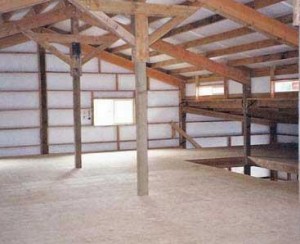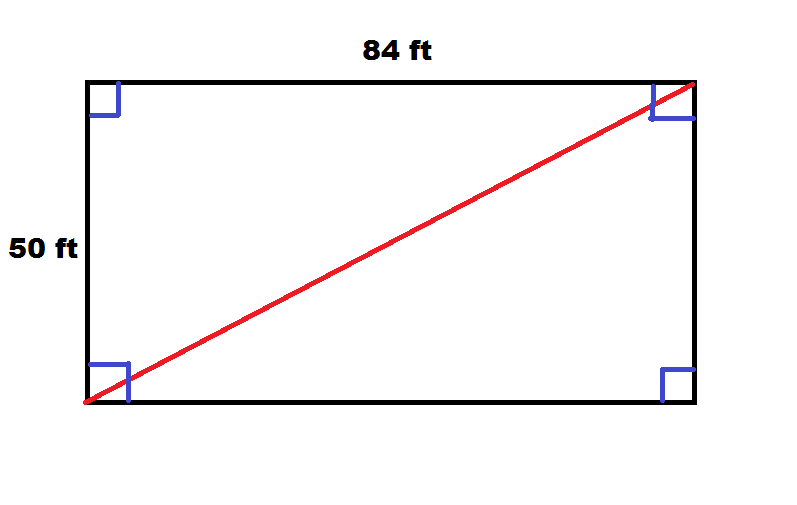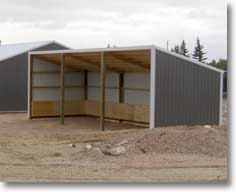Welcome to Ask the Pole Barn Guru – where you can ask questions about building topics, with answers posted on Mondays. With many questions to answer, please be patient to watch for yours to come up on a future Monday segment. If you want a quick answer, please be sure to answer with a “reply-able” email address.
Email all questions to: PoleBarnGuru@HansenPoleBuildings.com
DEAR POLE BARN GURU: What is your experience and/or advice on using closed-cell spray foam to insulate the entire interior envelope of an enclosed pole barn? Specifically, I would like to be able to heat the interior space but not build a ceiling assembly. If I omit the ridge and eave ventilation features, could the entire barn space function like an insulated unvented attic assembly, and what concerns would you have with this?
Thank you for your advice and guidance. DAN
DEAR DAN: I have personally never used closed cell spray foam for insulation. When I built my last post frame building, we weighed the costs against possible benefits and just could not justify the expense of foam.
To answer your question – as long as there are no openings (like vented soffits or ridge), then the system should work as you propose. Potential considerations – unless there is an excellent vapor barrier under the concrete slab, you run the risk of creating a high humidity zone within your building. It may prove necessary to have a dehumidifier, or powered exhaust system to remove excessive moisture.
The Building Codes also require foam insulations to be isolated from interior spaces with a fireproof barrier: “…foam plastic shall be separated from the interior of a building by an approved thermal barrier of 0.5-inch gypsum wallboard or equivalent thermal barrier material that will limit the average temperature rise of the unexposed surface to not more than 250 degrees F after 15 minutes of fire exposure, complying with the standard time-temperature curve of ASTM E 119…”
DEAR POLE BARN GURU: I’m still in heavy conversations with a client in Tahoe for a 24×24 garage with a required ground snow load of 390 per HOA requirements.
We were looking at a 12/12 pitch but have dropped to an 8/12 now to reduce the peak height under 20′ and is now at 18′.
I have been reading and trying to grasp the relationship of slope and truss design for snow loads. His question to me is that he thought there would be more of a price drop by changing the pitch but there wasn’t. I am struggling to sound smart in a reply even with combing over the blogs. Is there additional information or guidance you could provide to lead me down an intelligent path? Thank you. DAVE IN STEVENSVILLE
DEAR DAVE: Given the extreme snow load condition, my first recommendation would be to move the trusses (and sidewall columns) closer together. This will significantly reduce the size of the roof purlins and save the client a bundle of money.
Using the 8/12 slope and columns 12 foot on center, it would take 2×12 #2 purlins at 14 inches on center. Moving to six foot centers reduces the purlins to 2×6 #2 at 18-3/4 inches on center.
On the difference between the two slopes – at 8/12 the value of Ps (roof snow load adjusted for slope) is 173.02 psf (pounds per square foot), while at 12/12 Ps is 119.13 psf.
The 12/12 version will have less expensive trusses, due to only having to support 68.8% of the roof live load due to snow. The roof purlin spacing will change to 31-1/2 inches on center, resulting in the need for fewer purlins, hangers and roof screws. These savings are somewhat offset by needing more siding (96 square feet) and roofing (164 square feet).
In the end, the resultant is the client will save just under a hundred dollars by keeping with the steeper roof slope, which may not be an option if his HOA (Home Owners Association) has height restrictions.
And for the curious, the 390 psf ground snow load equates to nearly 179 inches of snow (nearly 15 feet), so at least with an 8/12 slope, there would still be three feet of the top of the roof showing!
For those of you who are inquiring, the top of the pedestal at Donner Memorial State Park (https://en.wikipedia.org/wiki/Donner_Memorial_State_Park) is 22 feet high, which indicates the depth of the snow the winter of 1846-1847 when the Donner party was tragically trapped in the very same area as this proposed garage.
DEAR POLE BARN GURU: Hello, I am most likely going to put up one of your buildings as residence. I have read most of the info you have online. I have looked at the sample drawings too but they are mostly not detailed enough.
Wonder if you could answer a few questions……
- So an ‘8’ foot building would probably have an inside ceiling height of ~86″ (kinda short for a house I think)?
- Do you make 9 foot buildings?
- I am curious about the elevation relationships between outdoor grade, bottom skirt height, inside floor height. (I will be putting in a concrete slab floor with radiant heat)?
- How far does the metal siding overlap the bottom skirt?
- How much extra column length is available, like for leveling the tops, or for below grade post holes? I’m thinking that after leveling my building site, that the post hole tops will be below grade and a slab on top that is above grade,
- When I put up the metal roofing, can I walk on it without denting it(between the ribs of course)?
- Can I add a window or door later on….? How much vertical leeway is there when installing a door in relation to the floor level and ceiling height?
Thank you, GREG IN GLADE PARK
DEAR GREG: In answer to your questions:
1) 8′ eave height does not give adequate interior clear height to meet Code requirements.
2) Because our buildings are custom designed, you can get any eave height you desire, even down to fractions of an inch. You don’t get charged extra because it is “special” – as every building we provide is unique to the individual client’s needs. We would encourage you to investigate raised heel trusses: https://www.hansenpolebuildings.com/2012/07/raised-heel-trusses/ The small difference in investment will equate to years of savings in energy bills.
3) Finished exterior grade is equal to the bottom of the pressure preservative treated skirt board. The top of the slab will be at 3-1/2″ above grade. You may want to investigate a frost-protected shallow foundation (although the columns would extend through the bottom of the slab around the perimeter). Here is a guide which can help you towards this design: https://www.cs.arizona.edu/people/jcropper/desguide.pdf
4) The bottom edge of the steel base trim will be at four inches above grade.
5) It will depend upon the actual eave height and your frost depth. With a 40″ or less frost depth and an eight foot eave height, there is 16″ of column below grade.
6) In the event you feel the need to walk on your roof, always tread where there is a screw, this reduces the possibility of slipping, as well as dents.
7) Yes, although it is far easiest to do at time of construction. Standard entry doors are 6’8″ tall, which places the top of the door at roughly seven feet above grade.









